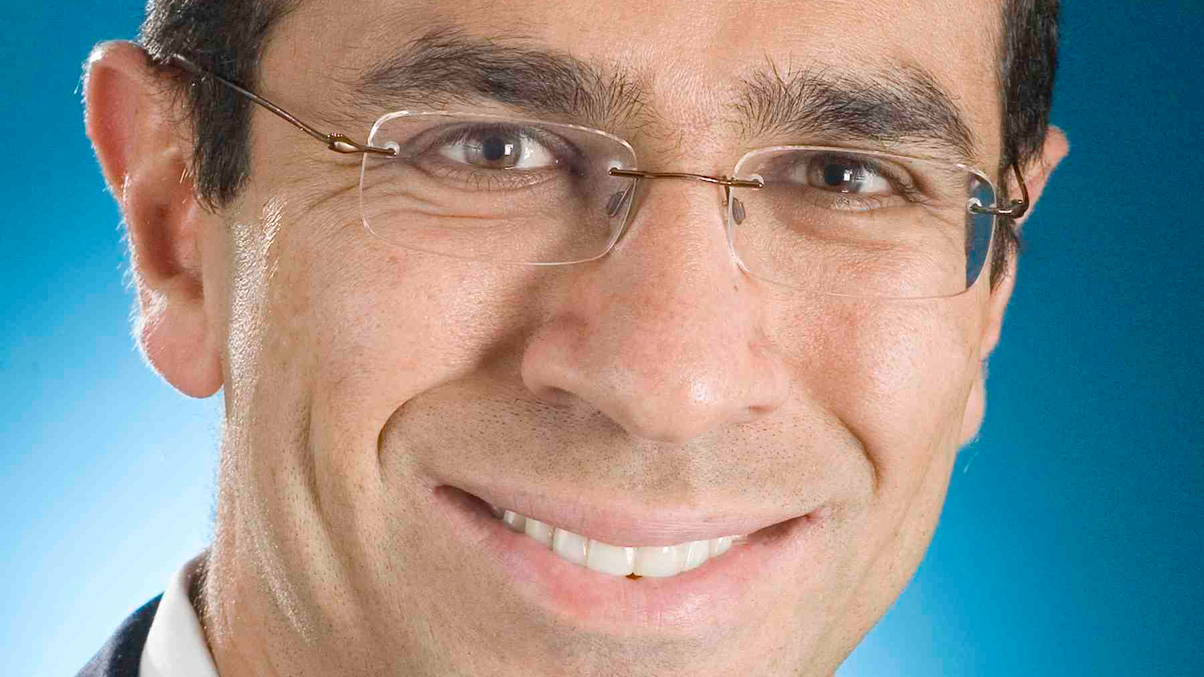RREEF eyes Chinese insurance assets, may raise RMB funds
With Chinese insurers now free to buy property for investment purposes, Deutsche Bank's property investment arm expects them to become dominant real estate players.

The pool of Asia-Pacific investment capital available to be tapped by property asset managers is set to swell significantly in coming years, says Niel Thassim, Hong Kong-based Asia-Pacific managing director for Asia-Pacific at RREEF, Deutsche Bank's real-estate investment-management arm.
Sign in to read on!
Registered users get 2 free articles in 30 days.
Subscribers have full unlimited access to AsianInvestor
Not signed up? New users get 2 free articles per month, plus a 7-day unlimited free trial.
¬ Haymarket Media Limited. All rights reserved.


